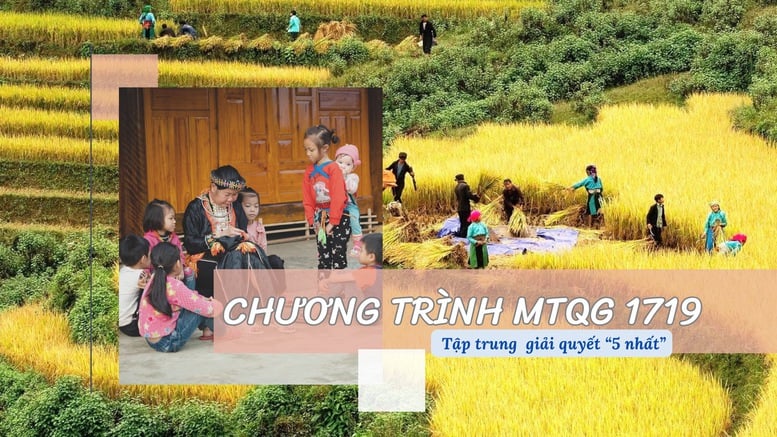
Implementing the National Target Program 1719, Phase I (2021-2025), localities have supported residential land for 10,549 households and directly supported production land for 13,387 households.
Fundamentally solve the problem of "settling down and having a career"
With investment resources from programs and projects, especially the National Target Program on Socio -Economic Development for Ethnic Minority and Mountainous Areas for the 2021-2030 period; Phase I: 2021-2025 according to Decision No. 1719/QD-TTg (National Target Program 1719), the "core poor" areas of the country have made great strides in all fields.
However, the "5 most" problems (most difficult infrastructure conditions; lowest human resource quality; slowest socio-economic development; most difficult access to services; highest poverty rate) have not been thoroughly resolved.
One of the important orientations in implementing the current ethnic policy is to promote the spirit of self-reliance of ethnic minorities. But for this orientation to "take root" in life, it is necessary to first fundamentally solve the people's needs for residential land, production land... When this shortage has not been resolved, it will be difficult for the people to "absorb" investment resources and support from the State to "settle down and make a living".
For example, in Trang Nam village, Yen Son commune, Son La province (before merging with Chieng On commune, Yen Chau district, Son La province), the whole village has 86 households, of which 35 are poor. Although many economic development models have been supported and mobilized by the local government, they are not feasible because many households in Trang Nam lack land for production.
Mr. Vi Van Duy, a resident of Trang Nam village, shared: "Without land for production, we cannot grow or raise anything. My family really wants to escape poverty but we don't know how."
Not only Mr. Duy's family, but also many ethnic minority households in remote areas still lack the basic conditions to strive to rise up and develop the economy. From the capital of the National Target Program 1719, in the past 5 years, tens of thousands of households have been supported with residential land, houses, production land..., but there are still many families lacking these pillars to "settle down and make a living".
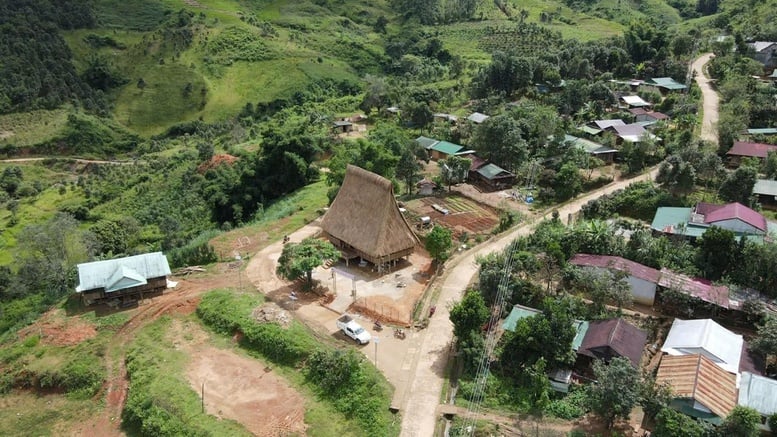
From the capital of the National Target Program 1719, infrastructure in ethnic minority and mountainous areas is gradually being invested synchronously - Photo: Ngoc Chi
Before implementing the National Target Program 1719, data in Document No. 414/TTr-CP dated October 11, 2019 submitted to the 14th National Assembly for approval of the Government's Overall Project on Socio-Economic Development of Ethnic Minority and Mountainous Areas, and Areas of Special Difficulty showed that the whole country still had 58,123 households lacking residential land, and 303,178 households lacking production land.
Implementing the National Target Program 1719, localities have made efforts to support residential land, housing, and production land for ethnic minority households in urgent need, but have not yet met actual needs. A report from the Ministry of Ethnic Minorities and Religions shows that in phase I (2021-2025), localities have only supported residential land for 10,549 households and directly supported production land for 13,387 households.
Solving the need for residential land and production land for ethnic minorities is the content of 1/3 of the target group that has not been achieved, or is even difficult to achieve, of the Program. According to the synthesis of the Ministry of Ethnic Minorities and Religions, as of March 31, 2025, the work of supporting residential land within the scope of support of the Program has only reached 20.2% (expected to reach 45.5% by the end of 2025); direct support for production land has only reached 9.2% (expected to reach 45.5% by the end of 2025).
Even the support for career conversion (due to lack of land fund or people not needing support for production land) has not yet met the set target. To date, localities have supported career conversion for 54,899 ethnic minority households, reaching 21.3% of the plan (expected to reach 38.3% by the end of 2025).
According to the proposal of the Ministry of Ethnic Minorities and Religions, in the period of 2026-2030, one of the five pillars of the Program will focus on supporting production for households, household groups, and communities; providing direct or indirect support to households. To implement this content, ministries, branches, and localities must pay attention, clarify, and have solutions to thoroughly resolve the need for residential land and production land for ethnic minorities.
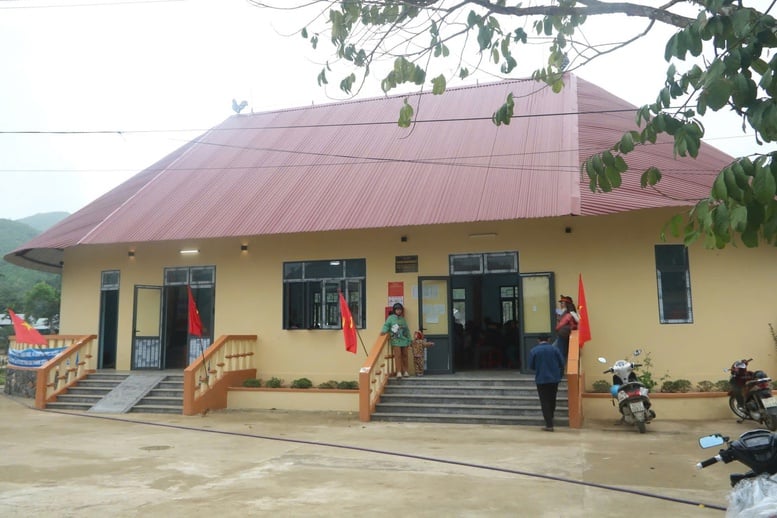
In Phase I, the National Target Program 1719 invested in building 3,220 cultural houses and sports areas in ethnic minority and mountainous villages. In the photo is the Cultural House of Dong Giang Commune, Da Nang City - Photo: Huy Truong
Increase investment to improve infrastructure quality in ethnic minority and mountainous areas
To develop the socio-economy of ethnic minority and mountainous areas, completing infrastructure is still one of the key and decisive goals. This is also the orientation for implementing the National Target Program 1719 for the period 2026-2030, proposed by the Ministry of Ethnic Minorities and Religions - the program's governing body, in the report for the National Conference summarizing phase I.
This pillar focuses on infrastructure investment, with emphasis on inter-regional transport, infrastructure associated with tourism and services; and infrastructure for socio-economic development associated with the task of ensuring national security and defense in border communes and villages.
The tasks of the 2026-2030 period include some contents of Sub-project 1 and Project 4 with some additional specific contents to ensure the implementation of major policies and guidelines of the Party and State in the special border areas...
In fact, investing in infrastructure for socio-economic development, serving the needs of people in ethnic minority and mountainous areas is a regular and continuous task, implemented for decades. From the capital of the National Target Program 1719 Phase I alone, 6,018 rural traffic works, 8,673 km of roads, 442 electricity works, etc. have been invested in construction.
In addition, in phase I of the Program, the whole region has 1,787 community houses, 225 commune health stations, 629 standard schools and classrooms repaired or newly built; 986 small irrigation works newly built or renovated; 666 other small-scale infrastructure works proposed by the community were invested; 2,006 infrastructure investment projects were implemented according to the special mechanism on construction investment; maintenance and repair were carried out using the Program's capital for 5,484 infrastructure works in communes and villages with special difficulties...
But due to the rugged and isolated terrain, and frequent exposure to natural disasters such as flash floods and landslides, infrastructure in mountainous areas is often damaged.
Therefore, to complete essential infrastructure, many localities recommend that in the 2026-2030 period, the Program needs to increase the investment capital ratio (investment capital accounts for at least 70%, career capital about 30%) and increase the minimum investment level by at least 1.5 times compared to the 2021-2025 period.
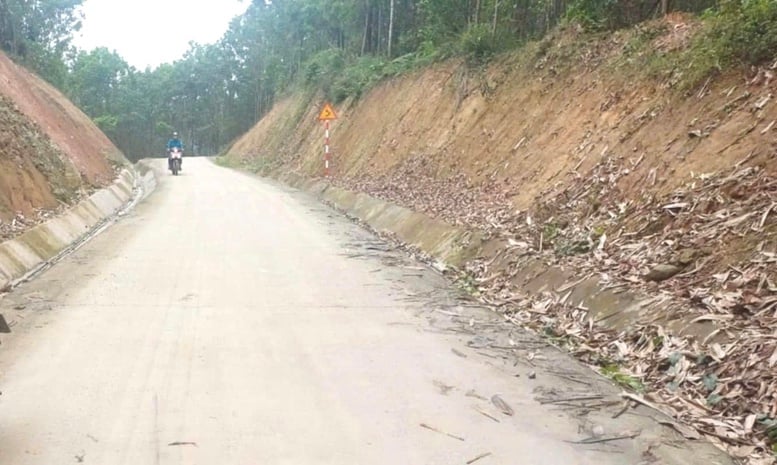
To develop the socio-economy of ethnic minority and mountainous areas, completing infrastructure is still one of the key goals. In the photo is the traffic road in Tra My commune, Da Nang city - Photo: Huy Truong
According to the Ministry of Ethnic Minorities and Religions, the support resources from the state budget are not commensurate with the investment needs of localities. At the same time, the resource allocation mechanism of the Program is built for all localities, while the natural and socio-economic conditions of the areas where the Program is implemented are different between regions, so some localities still face difficulties in the implementation process.
The recommendations and proposals of ministries, branches and localities on the implementation of the Program for the 2026-2030 period will be discussed and solutions will be proposed at the National Conference summarizing Phase I scheduled to take place tomorrow (July 12). The results achieved as well as the shortcomings and limitations in Phase I will be valuable experiences for the Government, ministries, branches and localities to strive to "reach the finish line" of the National Target Program for the entire period according to the resolution of the 14th National Assembly in Resolution No. 120/2020/QH14, with a focus on eliminating the "5 best" in the "core poor" areas.
As the Minister of Ethnic Minorities and Religions affirmed at the working session between the Ministry and the National Assembly's Ethnic Council on the afternoon of April 0, 2025, in the period of 2026-2030, the implementation of the National Target Program 1719 focuses on 5 essential issues, including: Investing in building and completing infrastructure in ethnic minority and mountainous areas; supporting production development, increasing income of ethnic minorities; developing human resources; supporting ethnic minorities with special difficulties, ethnic minorities with small populations; propagating, communicating and inspecting and supervising the implementation; in which priority is given to selecting a number of core issues, specifically for ethnic minorities.
The Ministry of Ethnic Minorities and Religions - the governing body of the National Target Program 1719, sets a target that by 2030, there will be basically no more extremely disadvantaged communes and villages; 70% of communes in ethnic minority and mountainous areas will meet new rural standards; the poverty rate will be reduced to below 10%; over 85% of communes and villages in ethnic minority and mountainous areas will have sufficient infrastructure to meet the requirements of socio-economic development and people's lives; fundamentally resolve the situation of unplanned migration among ethnic minorities; plan, relocate, and arrange 100% of ethnic minority households currently residing in scattered, special-use forests, remote areas, and places at risk of flash floods, landslides;...
Son Hao
Source: https://baochinhphu.vn/xoa-loi-ngheo-vung-dong-bao-dtts-va-mien-nui-bai-cuoi-tap-trung-giai-quyet-5-nhat-102250711115252033.htm





![[Photo] Parade to celebrate the 50th anniversary of Laos' National Day](/_next/image?url=https%3A%2F%2Fvphoto.vietnam.vn%2Fthumb%2F1200x675%2Fvietnam%2Fresource%2FIMAGE%2F2025%2F12%2F02%2F1764691918289_ndo_br_0-jpg.webp&w=3840&q=75)


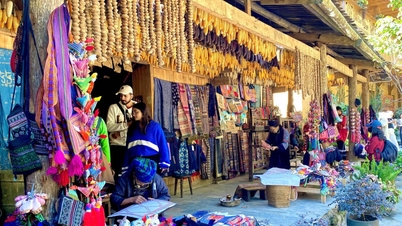

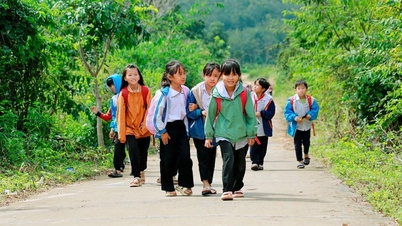

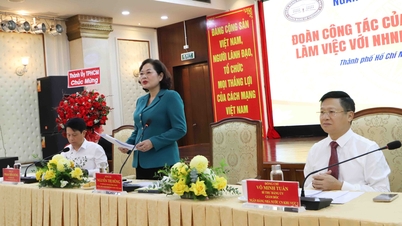



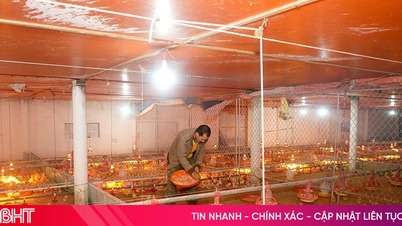

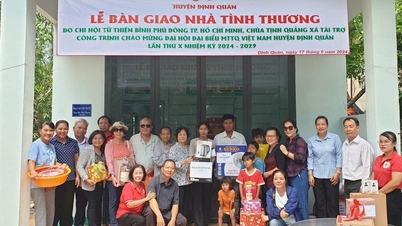

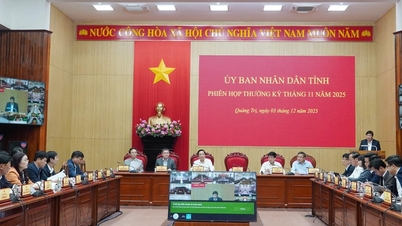

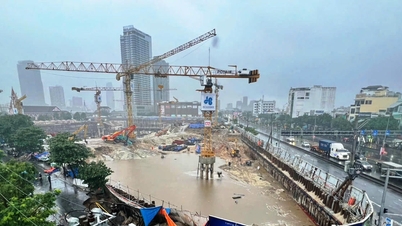











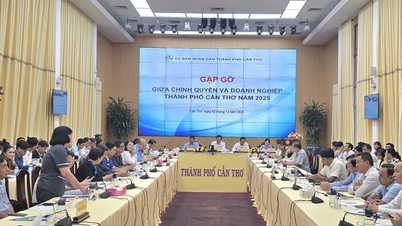

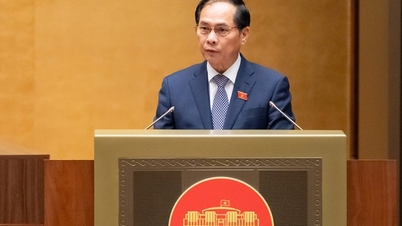
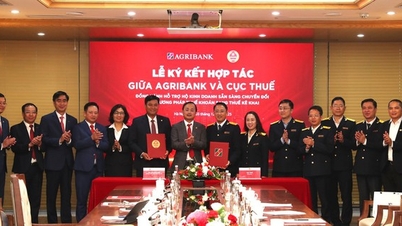

![[Photo] Worshiping the Tuyet Son statue - a nearly 400-year-old treasure at Keo Pagoda](/_next/image?url=https%3A%2F%2Fvphoto.vietnam.vn%2Fthumb%2F1200x675%2Fvietnam%2Fresource%2FIMAGE%2F2025%2F12%2F02%2F1764679323086_ndo_br_tempimageomw0hi-4884-jpg.webp&w=3840&q=75)
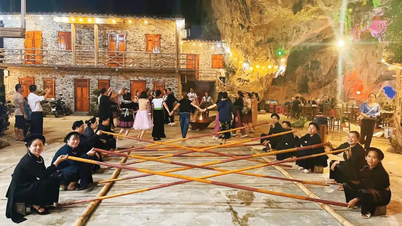


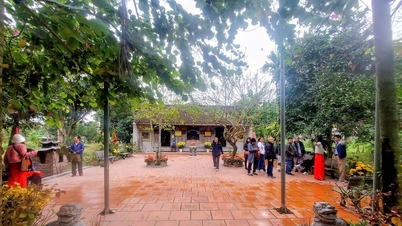












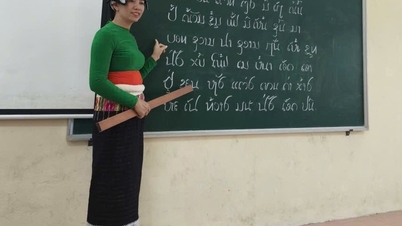

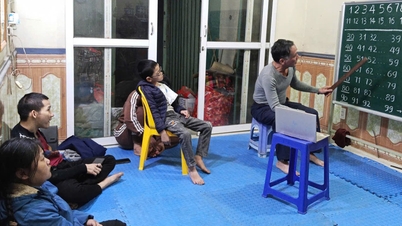


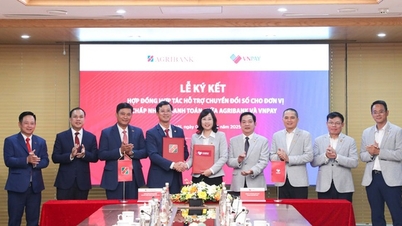

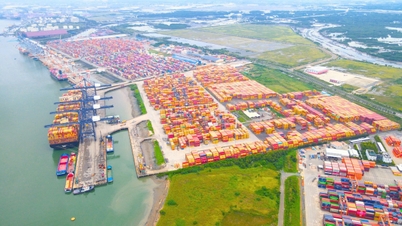









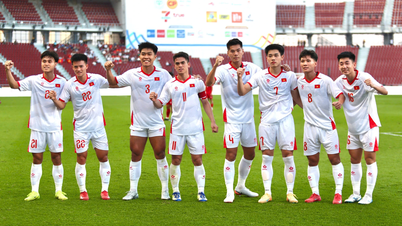







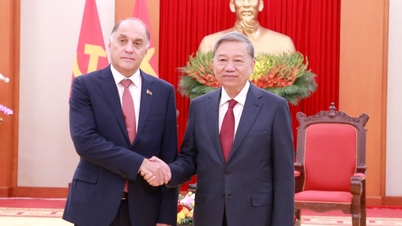

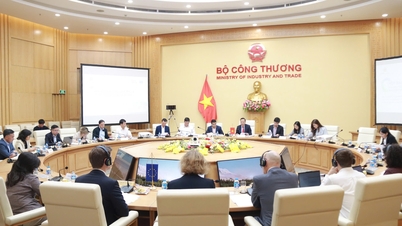




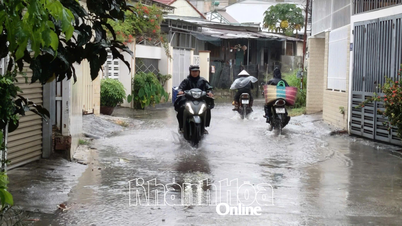



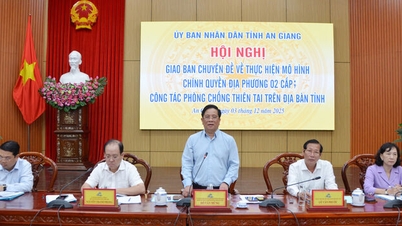



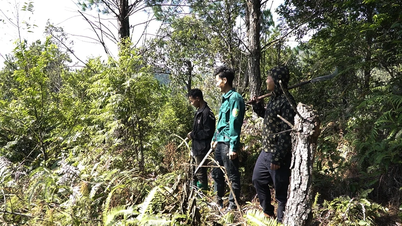














Comment (0)